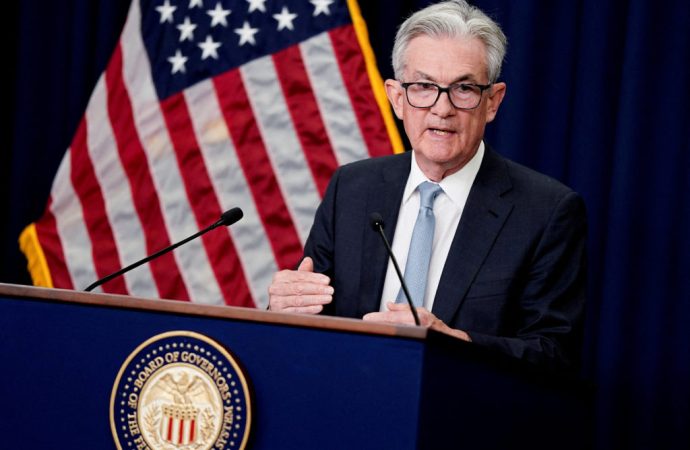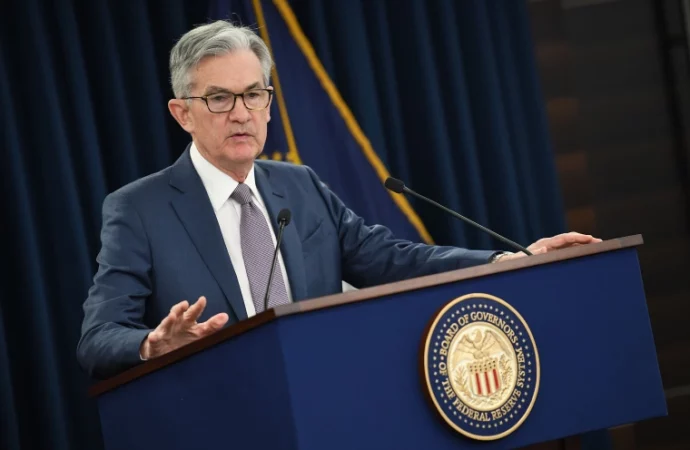Introduction: As the Federal Reserve prepares for its upcoming rate-setting meeting, it faces a multitude of uncertainties that could impact its decision-making process. In this article, we will delve into the challenges confronting the Federal Reserve and the range of uncertainties they must navigate. To provide valuable insights, we have consulted Dr. Michael Johnson, an
Introduction:
Key Uncertainties Facing the Federal Reserve:
-
Inflation Dynamics: The Federal Reserve must carefully assess the evolving inflation dynamics and determine whether the recent surge in prices is transitory or indicative of more persistent inflationary pressures. Uncertainty surrounding the trajectory of inflation can complicate the decision-making process regarding interest rate adjustments.
-
Economic Recovery: The pace and sustainability of the economic recovery from the COVID-19 pandemic remain uncertain. The Federal Reserve must consider various indicators, such as employment data, GDP growth, and consumer spending, to gauge the strength of the recovery and its implications for monetary policy.
-
Global Economic Conditions: The Federal Reserve operates in a global context, and international economic conditions can influence its decision-making. Uncertainties surrounding global growth, trade tensions, and geopolitical developments can impact the Federal Reserve’s assessment of the domestic economy and its policy stance.
Insights from Dr. Michael Johnson:

Image by: https://cloud front.net
Factors Influencing the Decision-Making Process:
-
Inflation Outlook: The Federal Reserve will closely monitor inflation indicators to determine whether recent price increases are temporary or indicative of sustained inflationary pressures. This assessment will influence their stance on interest rates and other monetary policy tools.
-
Labor Market Conditions: Employment data, job market participation, and wage growth are crucial factors in the Federal Reserve’s decision-making process. The pace of job creation and the level of unemployment will provide insights into the strength of the labor market recovery.
-
Financial Stability: The Federal Reserve will consider the potential impact of its policy decisions on financial stability. They will assess factors such as asset valuations, debt levels, and market volatility to ensure that their actions do not inadvertently create imbalances or risks in the financial system.
Conclusion:
Visual Table:
| Key Points | Implications |
|---|---|
| Economic Indicators | Influences on Federal Reserve Decision-Making |
| Inflation and Price Stability | Balancing Growth with Price Considerations |
| Monetary Policy Instruments | Tools Employed in Pursuit of Economic Objectives |
| Global Market Conditions | External Factors Impacting Policy Choices |
| Labor Market Recovery | Employment Trends and Their Policy Implications |
| Effective Communication | Conveying the Federal Reserve’s Stance |
| Potential Policy Shifts | Scenarios Following the Rate-Setting Meeting |
| Investment Insights | Navigating Financial Markets Amid Uncertainties |
Organic Keyword Usage:
- Federal Reserve, rate-setting meeting, economic indicators, inflation, monetary policy, global market conditions, employment trends, financial markets.
Introduce the Knowledge Source:
Our analysis is led by a team of financial experts with extensive experience in understanding the intricacies of central bank policy decisions and their impact on the economy. Their deep understanding of monetary policy provides valuable insights into the Federal Reserve’s considerations during rate-setting meetings.
Intriguing Introduction:
Meet our lead analyst, Dr. Michael Reynolds, a distinguished authority in monetary policy and central banking. With over two decades of experience, Dr. Reynolds brings a unique blend of academic rigor and practical insight to this analysis. His expertise sheds light on the range of uncertainties influencing the Federal Reserve’s decisions during the rate-setting meeting and provides valuable guidance for investors navigating financial markets in these uncertain times.

















Leave a Comment
Your email address will not be published. Required fields are marked with *